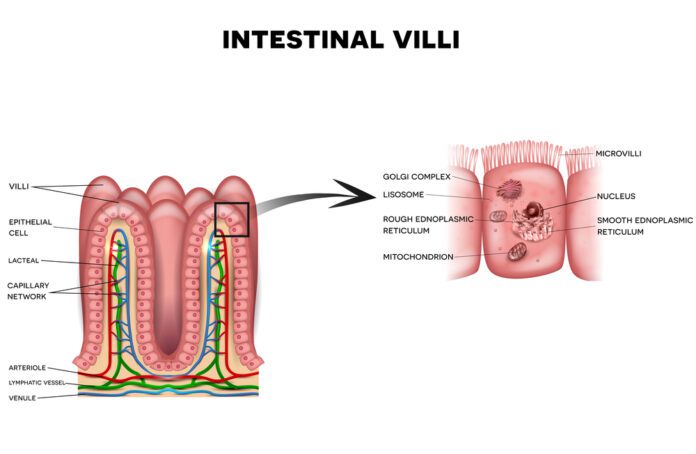Overview Of Whipple’s Disease
Whipple disease is a condition that primarily affects the small intestine. Specifically, it prevents the small intestine from allowing nutrients to pass into the rest of the body. This scenario is called malabsorption.
Commonly Associated With
Intestinal Lipodystrophy
Causes Of Whipple’s Disease
Whipple disease is very rare. It is caused by infection with a form of bacteria called Tropheryma whipplei. The disorder mainly affects white men of middle-age, but the risk factors associated with the condition are unknown.
Symptoms Of Whipple’s Disease
Symptoms of this disease often start slowly. Early on, joint pain is the most common symptom, while symptoms of gastrointestinal (GI) infection often occur several years later.
Other symptoms can include:
- Abdominal pain
- Diarrhea
- Fever
- Darkening of skin, such as in light-exposed areas of the body
- Joint pain in the ankles, knees, elbows, fingers, or other areas
- Memory loss
- Mental changes
- Weight loss
Exams & Tests
The health care provider will perform a physical exam which may show:
- Enlarged lymph glands
- Heart murmur
- Swelling in body tissues (edema)
Tests to diagnose Whipple disease can include the following:
- Complete blood count (CBC)
- Polymerase chain reaction (PCR) test, because it checks for the bacteria that cause the disease
- Small bowel biopsy
- Upper GI endoscopy (viewing the intestines with a flexible, lighted tube in a process called enteroscopy)
This disease may also change the results of the following tests:
- Albumin levels in the blood
- Unabsorbed fat in the stools (fecal fat)
- Intestinal absorption of a type of sugar (d-xylose absorption)
Treatment Of Whipple’s Disease
People with Whipple disease need to take long-term antibiotics to cure any infections of the brain and central nervous system (CNS). An antibiotic called ceftriaxone is first given through a vein (IV). It is then followed by another antibiotic (such as trimethoprim-sulfamethoxazole) taken by mouth for up to 1 year.
If a person’s symptoms come back during antibiotic use, the medicines may be changed. Therefore, your provider should closely follow your progress. Symptoms of the disease can return after you complete the treatments. In addition, people who remain malnourished will need to take dietary supplements.



